How Controlled Breathing Can Reduce Stress and Boost Well-Being
In today’s fast-paced world, stress has become a common part of daily life. However, one simple yet powerful tool for managing stress and improving well-being is controlled breathing. By harnessing specific breathing techniques, individuals can activate their body’s relaxation response, reduce anxiety, and enhance overall health.
The Science Behind Controlled Breathing
Breathing is an automatic function but consciously controlling it can have profound effects on the body and mind. When stressed, the body’s sympathetic nervous system activates the “fight or flight” response, leading to rapid breathing, increased heart rate, and heightened alertness. In contrast, controlled breathing stimulates the parasympathetic nervous system, which:
- promotes relaxation
- lowers blood pressure
- slows the heart rate
Studies suggest that controlled breathing can reduce cortisol levels (the primary stress hormone), increase oxygen supply to the brain, and improve emotional regulation. This makes it an effective tool for combating chronic stress, anxiety, and even symptoms of depression.
Effective Controlled Breathing Techniques
Several controlled breathing techniques can help manage stress and enhance well-being. Here are a few widely practiced methods:
- Diaphragmatic Breathing (Belly Breathing)
This technique involves deep breathing that engages the diaphragm, allowing more oxygen to enter the lungs.
How to do it:
- Sit or lie down comfortably.
- Place one hand on your chest and the other on your abdomen.
- Inhale deeply through your nose, expanding your belly while keeping your chest still.
- Repeat for 5–10 minutes.
- Box Breathing (Four-Square Breathing)
A technique used by Navy SEALs and athletes to maintain calm under pressure.
How to do it:
- Inhale through your nose for a count of four.
- Hold your breath for four counts.
- Exhale slowly through your mouth for four counts.
- Hold your breath again for four counts.
- Repeat for several cycles.
- 4-7-8 Breathing
A method known for promoting relaxation and sleep.
How to do it:
- Inhale through your nose for four seconds.
- Hold your breath for seven seconds.
- Exhale slowly through your mouth for eight seconds.
- Repeat for at least four cycles.
- Alternate Nostril Breathing (Nadi Shodhana)
A yogic technique that enhances focus and calms the nervous system.
How to do it:
- Sit comfortably and close your right nostril with your thumb.
- Inhale deeply through your left nostril.
- Close your left nostril with your ring finger and exhale through your right nostril.
- Inhale through the right nostril, close it, and exhale through the left.
- Repeat for a few minutes.
The Benefits of Controlled Breathing
Practicing controlled breathing regularly can lead to numerous physical and mental health benefits, including:
- Reduced stress and anxiety: Helps lower cortisol levels and calm the nervous system.
- Improved focus and concentration: Increases oxygen flow to the brain, enhancing cognitive function.
- Better sleep quality: Promotes relaxation and helps regulate sleep cycles.
- Lower blood pressure: Encourages better circulation and cardiovascular health.
- Enhanced emotional well-being: Aids in mood regulation and resilience to stress.
Incorporating Controlled Breathing Into Daily Life
The best part about controlled breathing is its accessibility—anyone can practice it anytime, anywhere. Here are some tips to incorporate it into your routine:
- Start your day with a few minutes of deep breathing to set a positive tone.
- Use breathing exercises during stressful situations to regain calmness.
- Practice controlled breathing before bedtime for better sleep.
- Combine breathing techniques with meditation or yoga for added benefits.
To learn more, check out this summary from The Washington Post.
Controlled breathing is a simple yet transformative practice that can help alleviate stress, improve mental clarity, and support overall well-being. By dedicating just a few minutes each day to conscious breathing, you can cultivate a sense of balance and resilience in the face of daily challenges. Give it a try and experience the profound effects on your mind and body!
Improve your daily routine by incorporating Coenzyme Q10 (CoQ10), a powerful compound known to potentially contribute to reducing blood pressure levels. Elevate your wellness journey with the Super Ubiquinol CoQ10 supplement from the Asher Longevity Institute, carefully formulated to provide you with the optimal benefits of CoQ10.




